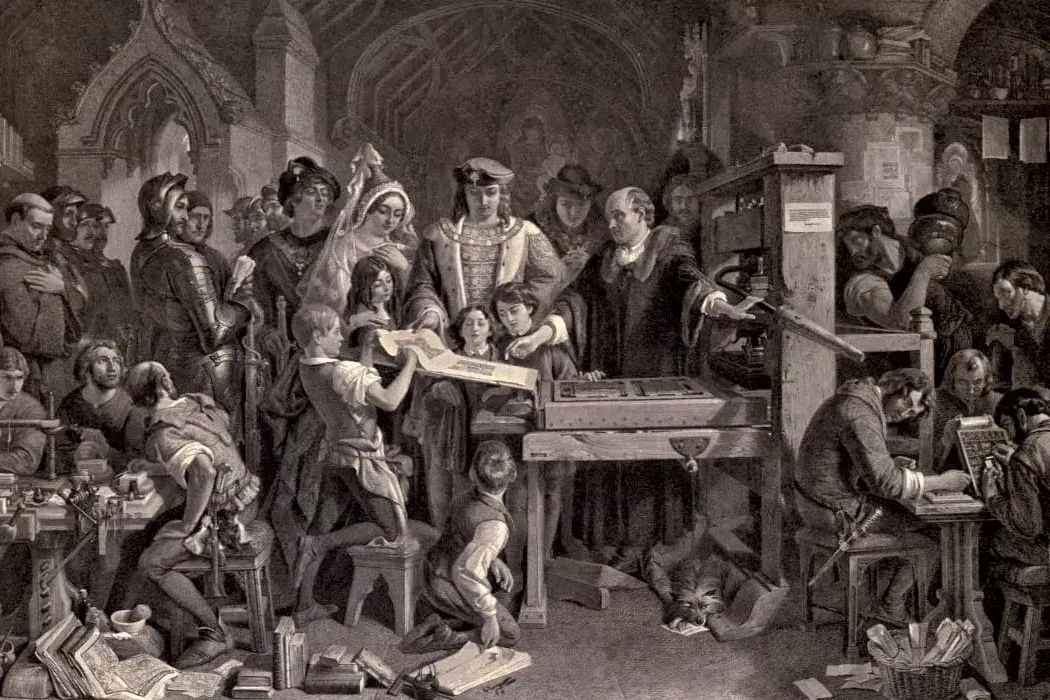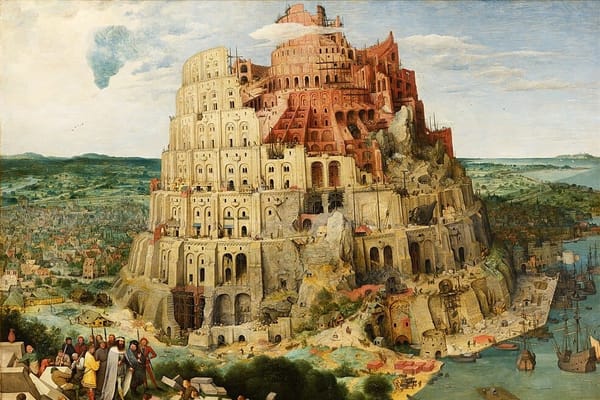William Caxton: England's First Publisher
Nothing is better than liberty.

Key words
- Prestige: causing admiration because of being connected with being rich or powerful
Many people are attracted by the prestige of Royalty.
- Advocate: someone who publicly supports or recommends an idea, a policy, etc.
She is known as an advocate for tax cuts.
- Commissioned: A commissioned piece of work has been formally asked for by someone in authority
There will be a specially commissioned sculpture at the front of the building.
- Dilemma:a situation in which a difficult choice has to be made between two different things you could do
She faces the dilemma of disobeying her father or losing the man she loves.
- Credit with: to say that someone is responsible for something good
She is credited with making the business a success.
Read to find the answers
- Who was the first person to bring printing to England?
- What was the first book to be printed in English?
- What was William Caxton's most famous printed work?
- What was he credited with?
William Caxton
The first person to bring printing to England was William Caxton. He moved to London at the age of 16 to become a merchant's apprentice, then moved to Bruges, Belgium, where he eventually became the King's diplomat. Caxton learnt the art of printing, set up a printing press and published his translation of a medieval French romance for the King's sister which gave his enterprise a great deal of prestige.
"A Collection of the Histories of Troy" was the first book to be printed in English. European royalty were fascinated by Greek mythology and this story allowed them to trace their family line back to the heroes of ancient Greece.
The first printed books were all in Latin, but English was becoming an increasingly acceptable language for literature. It had become the language of Parliament in 1362, and Chaucer was an important advocate of it.
Caxton returned to England to set up a printing business and settled in a house called St Albans, on the south side of Westminster Abbey, where he rented a shop. The following year he published the first English-language book to be printed in England, "The Sayings of the Philosophers", a translation of several works on Arabic wisdom.
Standardized English
Caxton published around 100 books during his lifetime, many of which he translated into English using his knowledge of French, Latin and Dutch. His most famous printed work is Chaucer's Canterbury Tales.
The English language was changing rapidly in Caxton's time, and the works he was commissioned to print were in a variety of styles and dialects. Caxton was often faced with the dilemma of how to standardise the language in the books he printed. Under pressure to publish as much as possible as quickly as possible, Caxton sometimes simply adopted French words, but because of the success of his translations he is credited with helping to standardise the English language and expand the English vocabulary.
The earliest verses of the Bible to be printed in English are contained in Caxton's translations of "The Golden Legend" and "The Book of the Knight in the Tower".
Discussion questions
- Do you have any questions about any of the vocabulary or grammar in this article?
- Who was the first person to bring printing to your country?
- What was the first book printed in your country?
- What was the first book printed in your language?

Book a Lesson
Improve your English language communication skills by practicing with a qualified and experienced native speaker.





